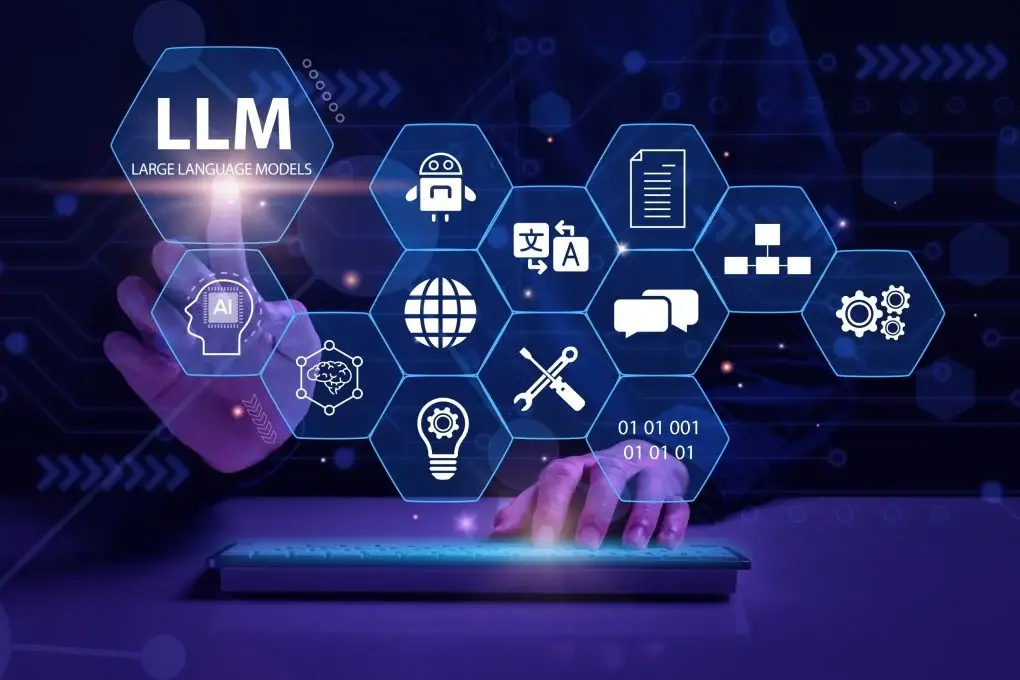Virtual Reality (VR) training has evolved significantly in recent years, offering immersive and interactive environments for skill-building and scenario-based learning. However, the integration of Large Language Models (LLMs)—powered by advanced machine learning algorithms—promises to take decision-making in VR training to unprecedented levels. By leveraging the capabilities of LLMs, organizations can deliver smarter, more personalized, and adaptive training experiences that empower learners to make better decisions in high-pressure, simulated environments.
What Are Large Language Models?
Large Language Models are advanced artificial intelligence systems trained on massive datasets of text, capable of understanding, predicting, and generating contextually relevant language outputs. These models, such as OpenAI’s GPT or other similar technologies, excel in natural language understanding, contextual reasoning, and pattern recognition. Their ability to process complex information and generate human-like responses makes them invaluable in enhancing decision-making across various applications, including VR training.
The Role of Large Language Models in Decision-Making
Decision-making is at the core of most VR training scenarios, whether it’s navigating a crisis in a simulated workplace, diagnosing a medical condition, or responding to an emergency. Large Language Models can enhance decision-making in VR training by offering real-time support, personalized feedback, and scenario-based guidance, transforming passive learning into an active, dynamic process.
Key Advantages of Large Language Models in VR Training
- Simulating Complex Scenarios
Large Language Models can create highly realistic and dynamic scenarios within the VR environment. These scenarios adapt in real time based on the actions and decisions of the user, offering a more authentic experience. For example, in a firefighting training simulation, the LLM could modify the spread of fire or introduce new challenges based on the trainee’s actions, forcing them to think critically and respond effectively. - Real-Time Decision Support
LLMs can act as virtual mentors or guides, providing trainees with contextual insights and recommendations as they navigate the VR environment. In a medical training scenario, for instance, the LLM could analyze a virtual patient’s symptoms, suggest possible diagnoses, and guide the trainee toward the most effective treatment options. - Adaptive Learning
Large Language Models can analyze user behavior and performance in real time, adapting the training experience to suit their needs. If a trainee struggles with a particular decision, the LLM can provide additional guidance, simplify the scenario, or offer explanations to reinforce learning. This level of personalization ensures that every user receives training tailored to their unique skill level and learning pace. - Enhancing Critical Thinking Skills
Incorporating LLM-driven decision-making frameworks in VR training encourages learners to think critically and evaluate the consequences of their actions. For example, in a business simulation, the LLM could present multiple strategic options, each with potential risks and rewards, prompting the trainee to weigh their decisions carefully. - Data-Driven Insights
Large Language Models can collect and analyze vast amounts of data generated during VR training sessions. By examining patterns in decision-making, the LLM can identify areas where trainees excel or need improvement, providing actionable insights for both learners and instructors. This data-driven approach ensures continuous improvement and better decision-making over time.
Applications Across Industries
The integration of Large Language Models into VR training is transforming decision-making across various sectors:
- Healthcare: Medical professionals can practice diagnosing and treating patients in realistic VR simulations, with LLMs providing real-time feedback on their decisions and suggesting alternative approaches.
- Aviation: Pilots can train in emergency scenarios where LLMs dynamically adjust weather conditions or system failures, testing their ability to make quick, informed decisions under pressure.
- Corporate Leadership: Executives can hone their strategic thinking skills in VR business simulations, with LLMs presenting complex market scenarios and analyzing the outcomes of their decisions.
- Defense and Military: Soldiers can engage in combat simulations where LLMs predict enemy movements and adapt the scenario to challenge their tactical decision-making.
Challenges and Considerations
While the potential of Large Language Models in VR training is immense, there are challenges to address:
- Ethical Decision-Making: LLMs must be programmed to account for ethical considerations, ensuring that the guidance they provide aligns with appropriate moral and professional standards.
- Bias in AI Models: LLMs are only as good as the data they are trained on. Ensuring diverse and unbiased datasets is crucial to avoid perpetuating inaccuracies or stereotypes in decision-making scenarios.
- Processing Requirements: The computational power needed to integrate large language models into VR environments can be substantial, requiring robust hardware and optimized software solutions.
- Cost of Development: Developing and implementing LLM-driven VR training solutions can be resource-intensive, necessitating careful planning and investment.
The Future of Decision-Making in VR Training
The integration of Large Language Models into VR training is still in its early stages, but its potential is undeniable. As LLMs become more sophisticated and VR technology advances, the synergy between the two will redefine how professionals are trained to make critical decisions.
Future developments may include:
- Emotionally Intelligent AI: LLMs capable of analyzing emotional cues and stress levels to provide better support during high-pressure scenarios.
- Collaborative Decision-Making: LLMs that work alongside trainees as virtual teammates, offering suggestions, sharing insights, and fostering teamwork skills.
- Predictive Training Modules: LLMs that predict future challenges in a trainee’s field and simulate those scenarios to better prepare them for real-world decision-making.
Conclusion
Large Language Models are a transformative force in VR training, enabling smarter, more adaptive, and data-driven decision-making. By combining the immersive power of VR with the intelligence of LLMs, organizations can prepare their workforce for the complexities of real-world challenges like never before.
As industries continue to explore and embrace this technology, the result will be a new era of training that not only teaches skills but also empowers individuals to make confident, informed decisions in any scenario.

